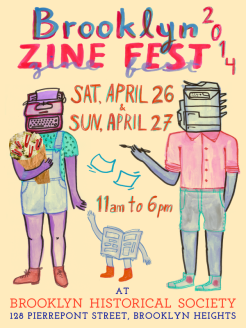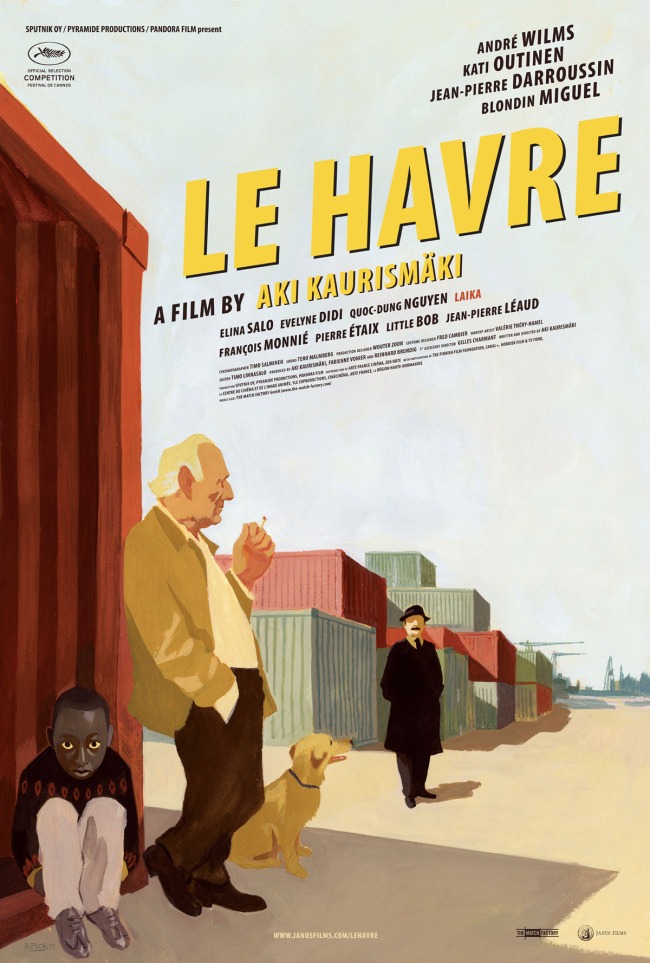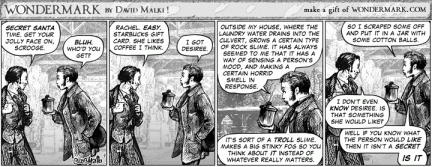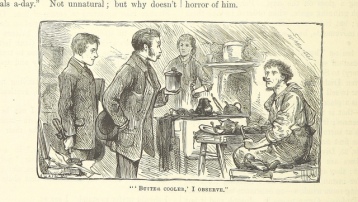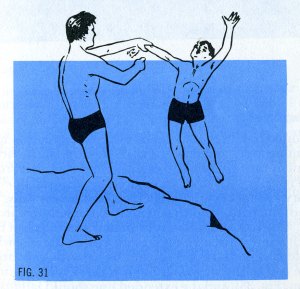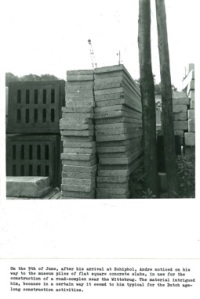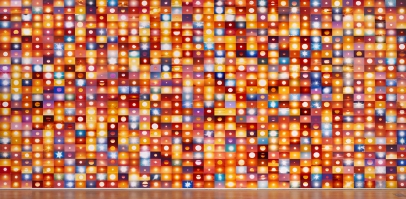
Suns (From Sunsets) from Flickr, 2006-ongoing, Penelope Umbrico
In my job hunt I’ve applied to several archival digitization projects, and especially in the context of an institution just starting their digital archive, my main question is: what gets digitized? Some job postings I’ve seen say they want all their materials scanned, and some expect hires to be involved in formulating the selection criteria. Either way, devising an reasonable and feasible selection process seems like a crucial first step.
As information overload has become the defining characteristic of our time, it’s interesting how artists are co-opting some of the processes of libraries and archives in their practice and sifting through all the content we’re surrounded with to find the materials of their work.
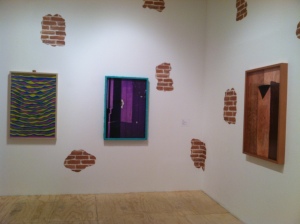
Chris Wiley at MoMA PS1’s Taster’s Choice
A small show at MoMA PS1, called Taster’s Choice, actually takes this as its uniting thesis, joining four artists whose materials are primarily existing, ready-made materials:
For these artists, the act of selection allows them to engage with material abundance, and serves as a key mode of production and communication. Source
I admit the execution of this theme in this particular instance was maybe less literal than I expected, but I guess I’ve been spoiled by the exhaustive thematic culling of online materials characteristic of Penelope Umbrico‘s work:
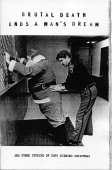
Research And Destroy‘s Cops Ruining Christmas
I know there are many more artists who would fit under this theme, but I’ll leave the art world for now to mention a zine publisher that, like Umbrico, takes a collector’s sensibility, but with a more historical researchers’ perspective…
Research and Destroy is a publisher with a radical, anti-capitalist, anti-fascist edge, whose zines usually catalog thematically related police misdeeds over the ages, such as cops ruining Christmas or, most benignly, cases of cats attacking cops.
I learned about Research and Destroy because they’ll be exhibiting at the Brooklyn Zine Fest this weekend at the Brooklyn Historical Society! I sort of missed the lead-up of associated panels and events around town, but the Zine fest is free, so maybe enjoy that…
That was a pretty weak segue I guess, but just wanted to get some of these thoughts onto e-paper! Enjoy the weekend!
